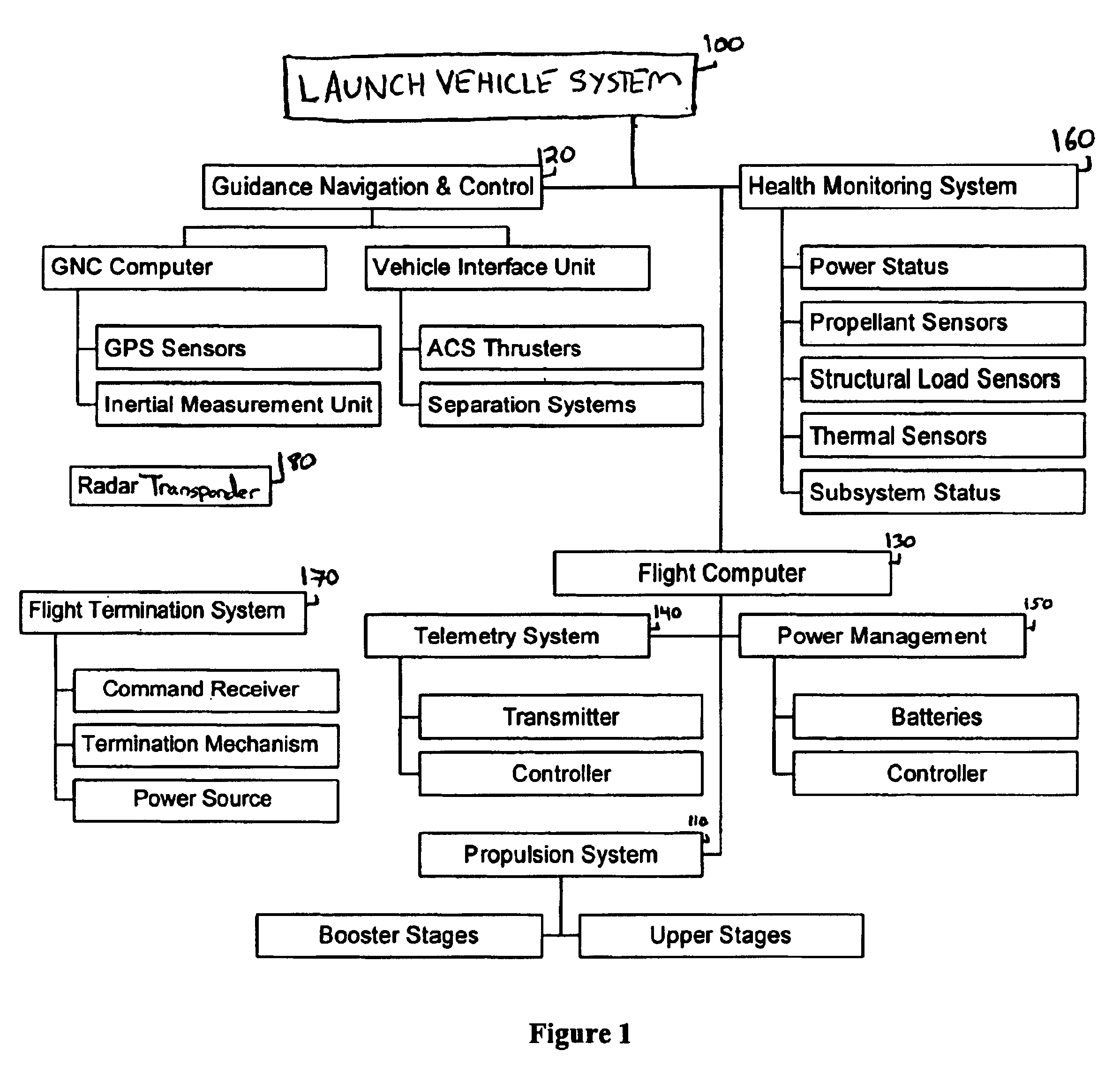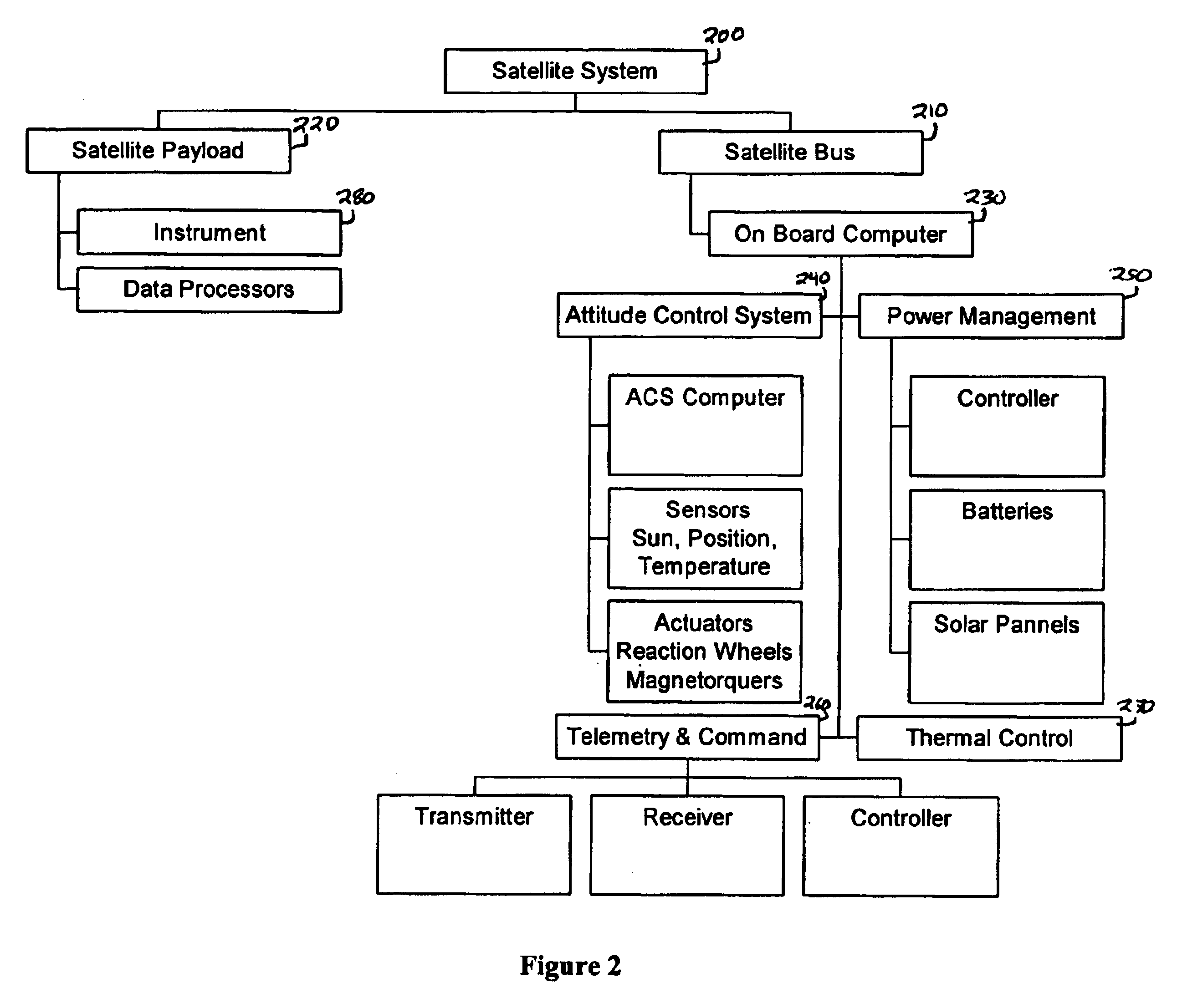System for the delivery and orbital maintenance of micro satellites and small space-based instruments
a space-based instrument and micro-satellite technology, applied in the field of launch systems, can solve the problems of inability to launch space-based instruments in large numbers, inability to build small-scale satellites, and inability to access space. to be affordable or unavailable, and achieve the effect of reducing the cost of space-based instruments
- Summary
- Abstract
- Description
- Claims
- Application Information
AI Technical Summary
Benefits of technology
Problems solved by technology
Method used
Image
Examples
Embodiment Construction
[0017]The following description and examples illustrate in detail preferred embodiments of system and techniques for providing more efficient and effective launch and on orbit maintenance of satellites or other payloads. One aspect of this system involves integrating systems that perform the same or similar functions during the launch and on orbit phases of a mission. These systems and techniques are disclosed in the context of use with exemplary payloads. However, the principles of this system and the methods of use associated with it are not limited to any particular payload. It will be understood by those of skill in the art in view of the present disclosure that the system described herein may be applied to a variety of different payloads and satellites other than those that are described herein.
Overview
[0018]In order to place a satellite or other payload into a particular orbit or trajectory (e.g., a low-earth orbit, a geo-synchronous orbit, or a ballistic trajectory) a launch ...
PUM
 Login to View More
Login to View More Abstract
Description
Claims
Application Information
 Login to View More
Login to View More - R&D
- Intellectual Property
- Life Sciences
- Materials
- Tech Scout
- Unparalleled Data Quality
- Higher Quality Content
- 60% Fewer Hallucinations
Browse by: Latest US Patents, China's latest patents, Technical Efficacy Thesaurus, Application Domain, Technology Topic, Popular Technical Reports.
© 2025 PatSnap. All rights reserved.Legal|Privacy policy|Modern Slavery Act Transparency Statement|Sitemap|About US| Contact US: help@patsnap.com



